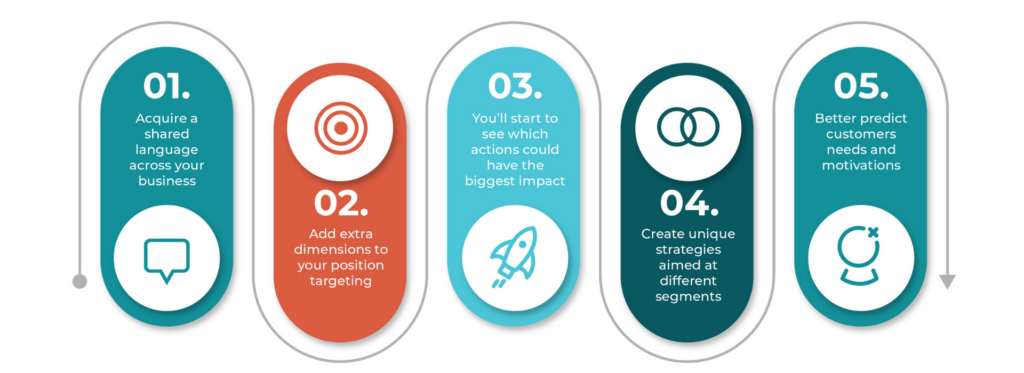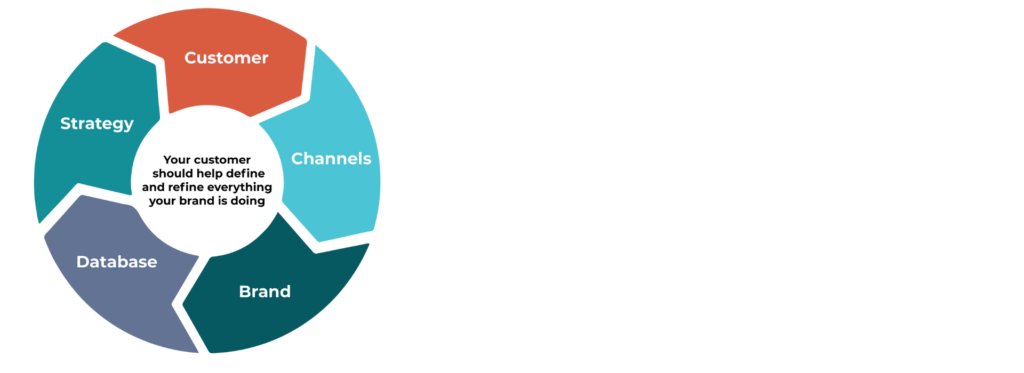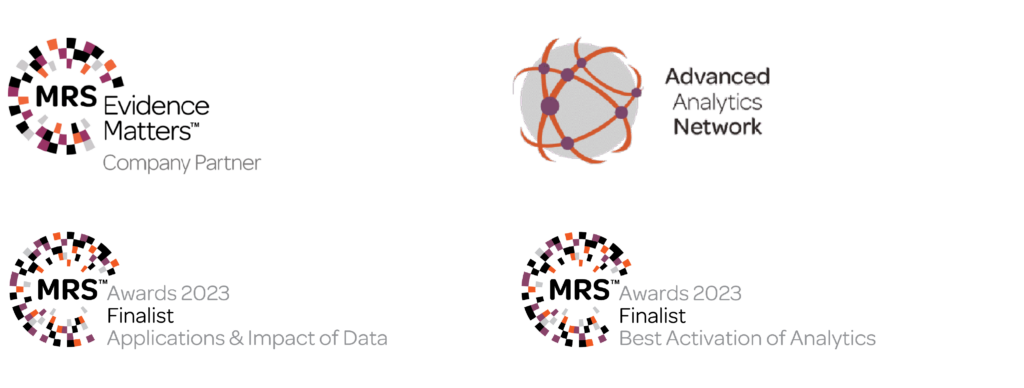In our previous blog, we looked at why the single biggest barrier to effective segmentation is activation and why this is fundamental to marketing agility. We talked about how every customer counts and the need to make segmentation actionable across the business.
- To know your customer by tagging segments to your customer database
- To adapt customer experiences through real-time segmentation
Knowing your customer
At this point, we need to question our segmentation practices. How do I know who my customers are? How do I know what their needs are? How can I use that to influence what I’m doing across all my customer touchpoints?
The answer to these questions lies in something I refer to as ‘playing database tag’. This is when you overlay your segmentation on your customer database. Instead of seeing these as two distinct activities, by bringing them together you will expand your understanding and gain the insights you will need to develop your tactics and strategies. (Remember, there are quick wins from this as well as long-term gains.)
There are five key changes you will start to see when you apply this approach:


This last benefit is something that really excites me as a customer analyst. Particularly, taking what you know about your customer needs and uncovering what the next best action might be. The potential to make your recommendation engine much more predictive could make a huge difference in terms of engagement and profitability.
You could argue there is a sixth and final advantage to knowing your customer. And that is to inform our longer-term strategies. It’s great that you have served your customers so well that expectations have increased five-fold. But how are you going to maintain that trajectory? What can the business act on over the coming months to continue growing value to these customers? How can we move them to become better customers for us?
This is all about shifting from simply reporting on and reacting to changing customer demands towards a much more proactive approach. One that positions you as best in class and much more adaptive in terms of how you respond (the ‘marketing agility’ we talked about in the first blog). And not just in an academic sense but out there in the real world – using dynamic, real-time segmentation to deliver exceptional customer experience (CX).
Relationships are everything
Laying the foundations for segmentation activation starts with recognising that ‘every customer counts’. By which we mean that segmentation should include data from multiple different engagements.
We also know that segmentation needs to involve everyone and shift from the conceptual to the actionable. That way, everyone is focusing on customer needs and has a clear view of what they can do to make a difference.
With this buy-in from the business, you can ensure your segmentation makes the highest level of impact. In the short-term, from changes in everything from brand development to product planning to channel strategies to promotions. And, over the long-term, the future direction of your whole business.

Customers can instantly validate everything we do against our competitors. Not only that, but we’re constantly competing with their last best experience. And we already know that experience is not just marketing but also product, customer service and everything in between. We may have sold the product (and the customer wanted to buy it from us) but why should they come back? Why should they engage with us again? Why should they buy from us (and buy more) in the future?
The concept of customer-centricity certainly isn’t new. But the ability to do it is still out of the grasp of many organisations because it remains a goal rather than the outcome of tangible actions. This is where I refer to the term ‘marketing agility’.
The old truth was that agility’s a technology process, synonymous with software development. Yet the new truth is that agility’s a modern marketing approach that’s informed by segmentation and database tagging.

Organisations are battling engagement fatigue from customers. They aren’t opening emails anymore. (There are exceptions but overall open rates are declining.) Promotional impact has diluted. (Everyone now has some kind of deal or other on Black Friday, not just the big electronics retailers.) And it’s taking an increasing amount of effort to grow and retain customers. (Not to mention budgets.)
To change all of that within our own organisations, we need to create more relevant, personalised communications. This means we need a better understanding of customers’ motivations. And we need to make customer interaction the highest priority right across our businesses.
It’s fascinating that people don’t listen to what their customers tell them. For example, we can quickly see when our email open rates are going down or website bounce rates are going up. We can see when customers stop spending as much with us.
The crucial thing here is that segmentations are not static. That’s why the truly customer-centric organisations out there are continually monitoring impact, applying fresh insights and refining their strategies. And again, it’s not just the marketing strategy but also the channel strategy, the brand strategy and even the business strategy.
So what have we learned?
Playing database tag gives you clearer insights into your customers and how you can give them what they want. Yet these customer demands are constantly changing and, to deliver exceptional CX, you must use segmentation to support marketing agility.
Whenever a customer gives you feedback – whether through their purchase actions or responses to your customer service chatbot – this needs to inform your segments. You may find that some customers have moved from one segment to another so the way you interact with them will need to change. With proactive segmentation and marketing agility, you can do this ahead of time so that promotions, emails or website recommendations are adapted to their new needs.




